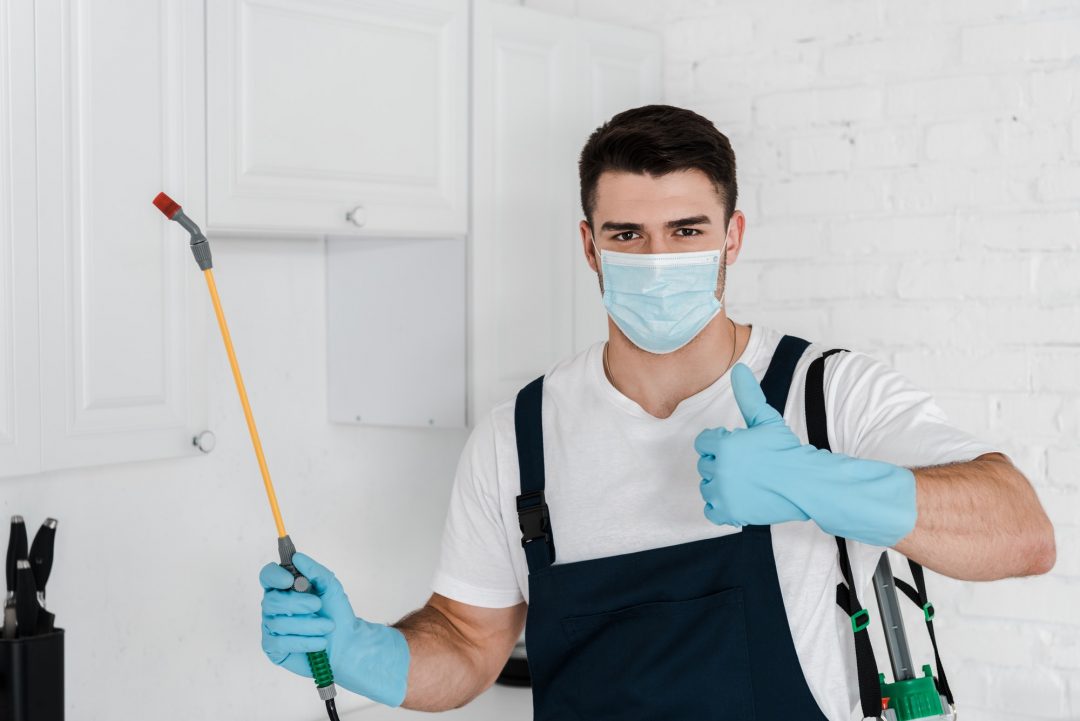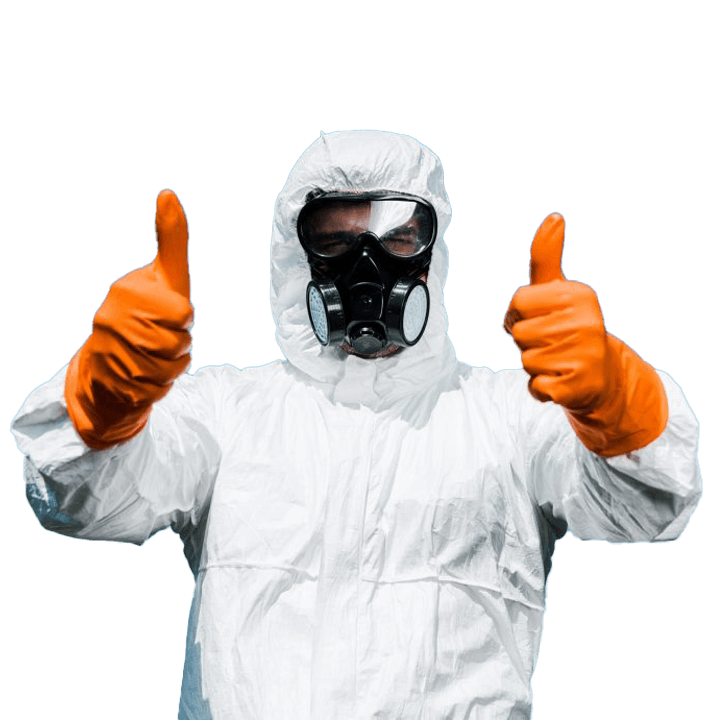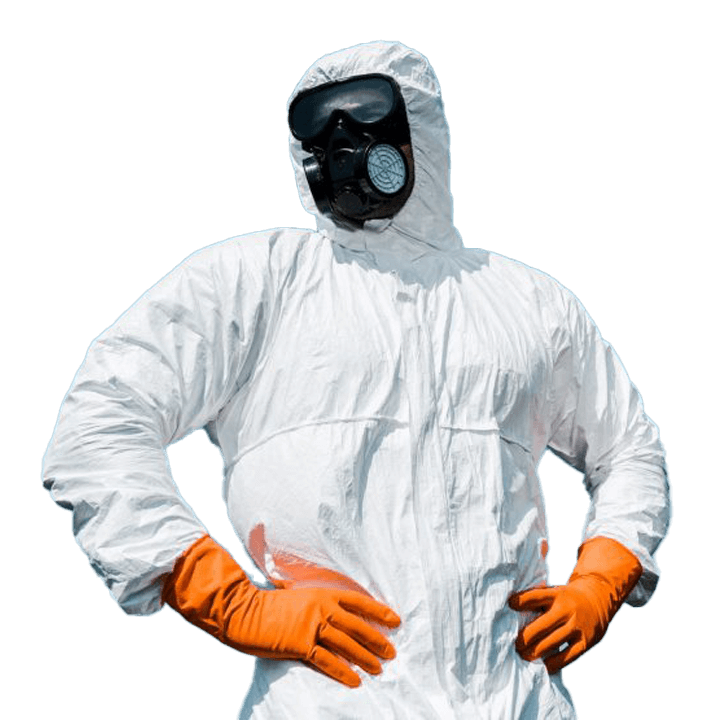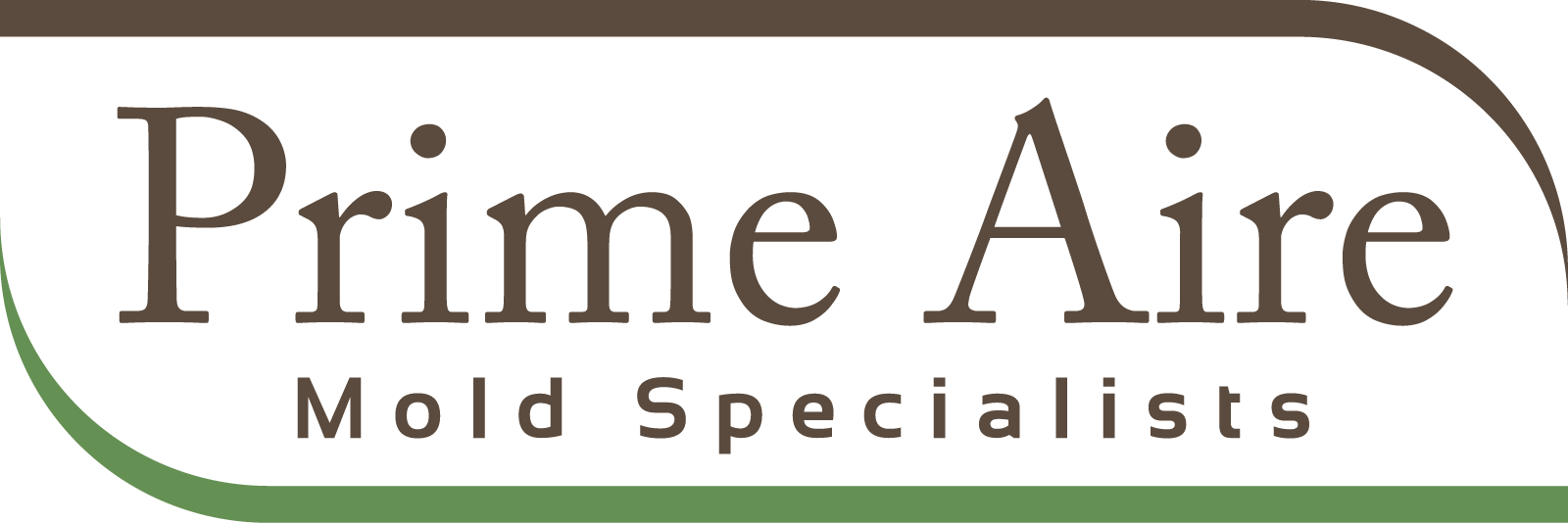- HVAC -Duct & Vent Decontamination In NYC | PrimeAire Mold Services
HVAC -Duct & Vent Decontamination
For more specific information regarding your personal mold testing questions and concerns, call PrimeAire to speak to a LIVE certified technician
HVAC -Duct & Vent Decontamination In NYC
HVAC system decontamination is critical to the indoor air quality of homes and commercial properties. Investigation phase: Identifies specific areas of concern and compiles decontamination service and recommendations such as air duct cleaning.
Improve the air you breathe. Every day we call on homeowners who want to improve the quality of their indoor environment. Their heating, ventilation and air conditioning (HVAC) systems are accumulating dust and debris and become breeding grounds for a variety of health threats such as dander, dust, pollen, mold and mildew.
• We come with multi-solutions. Our professionals use our system, utilizing video inspection equipment and high efficiency particulate air (HEPA) collectors.
• Our technicians will utilize a VI (Video Inspection) system to observe instant video footage of your air ducts for a thorough assessment, before and after cleaning.
• Through the use of a special vacuum, we pull the dust and debris from your ductwork and into our special self-contained collectors.
• To thoroughly clean your HVAC ducts, PrimeAire uses an advanced technology, that agitate and dust and debris simultaneously.
- Mold Testing & Inspection of Surfaces - Air
- Leak Detection and Moisture Testing
- Infrared Inspection & Survey / Infrared Thermal Imaging Assessment
- Mold Assessment, Mold Mitigation and Consulting
- Removal and Remediation
- Water Damage Assessment and Mitigation
- Laboratory Analysis of Mold Samples Taken
- Complete Review of Findings and Laboratory Results
- Recommendations for Mold Removal / Remediation ( If necessary )
Call PrimeAire Mold Services to speak to a Live Certified Mold Professional today.
Mold often grows behind walls and inside ceiling and floor cavities long before it is ever detected. By the time you start smelling an unpleasant odor, rest assured mold has been growing somewhere for some time and every day is growing more. If you suspect you have mold growing indoors, the time to act is sooner rather than later.

Testimonial
Here’s what our customers say
Giving the fresh air back to the household



PrimeAire Mold Services
HVAC -Duct & Vent Decontamination
Why Should Air Ducts Be Cleaned?
• Studies have shown that indoor air can be two to five times MORE polluted than outside air.
• Most disposable filters remove about 10% of these pollutants allowing 90% to enter the air system, even during the construction of a new home.
• The pollutants contain dust, pollen, mold spores, animal dander and much more.
• These materials collect in the furnace, air conditioner and duct surfaces, just as they do on the furniture and floor surfaces.
• These pollutants can migrate out into the room again, or become a food source for mold and bacteria, which can thrive in this dark comfortable environment from high humidity or moisture from the air conditioner or humidifiers.
• Biological growth can release mold spores or toxins into the air system.
Can mold grow in a duct system and what problems can it cause?
• Mold spores require a stable temperature, a food source and moisture to live and reproduce.
• Dust and dirt that go through the filter are a good food source.
• The furnace/air conditioner is designed to maintain a comfortable temperature, and moisture is available from humid conditions in the environment, the humidifier in the furnace or the cooling coils in an air conditioner.
• Live molds can release spores that will trigger allergic or asthmatic reactions, sometimes severe, in about 10% of the population.
• Mold both living and dead can produce toxins that may cause short term allergic reactions.
• Long term exposures to low levels of some mold toxins can result in permanent chemical sensitivity to common compounds in the environment.
Only PrimeAire Environmental Group can give you the best advice on cleaning your air ducts and indoor air using a unique package of services.
Will a Dirty Air System Result in Higher Energy Costs?
• Depending on the amount of contamination and its location, energy consumption could be increased. If the fan blades, evaporator coil or other control components of the system are heavily contaminated, the system may have to run much longer to cool or heat the occupied space, wasting a lot of energy.
Why Choose Us
Mold Inspection Testing & Equipment
- Air and moisture tests
- Swab sample
- Surface sampling
- Dust sampling
- Tape lift sampling
- Inner wall checks
- Laser particle counters
- Hyrometers
- Optic borescopes
- Leak detection
- Thermal imaging(infrared)
We work with the most skilled, equipped and accredited labs. Analytical accuracy and fast turnaround is our top priority. All mold & toxic mold tests and samples are sent to an accredited laboratory to perform an analysis and most results are available to the client within 48–72 hours.
Primary Objectives of Mold Sampling
- Confirm or rule out the probability that mold is originating from a suspect condition indoors
- Assess the potential for property damage caused by mold without invasive procedures
- Assess the potential negative impact of mold on indoor air quality
Goals of Our Mold Investigation
- Determine if there is a mold or toxic mold infestation problem
- Determine the cause of the mold or toxic mold infestation problem
- Determine the extent of the mold or toxic mold infestation problem
Types of Mold Testing Include
- Air Testing using Air Cassettes
- Wall Check Cassettes
- Carpet Check Cassettes
- Bulk, Swab & Wipe Samples
- Tape Lift Samples
- Clearance Testing
Mold Testing Involves Collecting Samples
- Identify the type of mold present
- Quantify the level of mold present
3 Most Common Types of Samples Used in a Mold Inspection
- Surface samples (testing mold growth on surfaces)
- Air samples (testing airborne mold spores)
- Dust samples (mold DNA analysis)
Hidden Mold in NYC | PrimeAire Mold Services
We use safe and environmentally friendly measures.
Our Mold Inspection Reports are our pride, digital, organized, easy to read and very well documented providing pertinent Mold Removal guidelines.
The following are some of the potential property conditions which warrant a professional mold inspection:

Frequent Condensation on Window
Consequences: Moisture seeps past window frame and into wall cavity causing water damage and mold growth inside wall.
Surface Mold On Window Sill
Consequences: Moisture seeps past window frame and into wall cavity causing water damage and mold growth inside wall.
Surface Mold Inside Window
Consequences: Moisture seeps past window frame and into wall cavity causing water damage and mold growth inside wall.
Bathtub/Shower Mold
Consequences: Mold comes back with a few days after cleaning, severe water damage, degradation of construction materials, and mold growth inside wall cavities.
Mold, Dry Rot, Water Damage on Eaves
Consequences: Severe water damage, degradation of construction materials, and water damage and mold growth spreading under shingles, onto sub-roof materials.
Roof Leak
Consequences: Water damage and mold growth spreading under shingles, eventual on attic and interior construction materials.
Over-Exposure to Water on Stucco
Consequences: Water damage and mold growth on stucco and inner-wall materials and interior walls of the structure.
Common Questions
Frequently Asked Questions
For detailed information or to request a quote, Call PrimeAire Mold Services at 1-877-307-5166 to speak to a Live Certified Mold Professional today.
Mold is a simple organism found everywhere, indoors and outdoors. Mold spores are microscopic (tiny and lightweight) and travel through the air we breathe. Airborne mold spores in large numbers are a known allergen that can cause allergic reactions, asthma episodes, infections, and other respiratory problems for people, especially children and elderly individuals.
Molds can be a major source of building sickness but not the only potential cause. Other issues can cause building sickness.
People living in or working in dwellings with building sickness have symptoms similar to a mild case of influenza (the flu) with the signs and symptoms disappearing within a few hours of leaving the building. Headaches, fatigue, and respiratory problems can also be experienced by people exposed to sick buildings.
Mold will grow in an environment that is warm, moist and unventilated. Once airborne, mold spores can be spread throughout your structure via the air duct system.
Mold can grow within areas of the house / building that you do not see. Wherever there is exposure to water and a mold "food source" such as cellulose (a component of wallboard), mold can grow. Areas such as the interiors of walls, showers and bathrooms, crawl spaces, attics, drywall tape, cracked plasterboard and dampened carpets are a few discovery areas for mold exposure.
New building methods make buildings better insulated and thus more likely to retain molds within the structure. Buildings are more airtight and any unventilated moisture that gets inside stays trapped inside, allowing mold to grow and spread rapidly.
Molds will grow any time the environment is favorable. Molds can be introduced into the house / structure when the building is under construction or after completion through events such as water damage from leaky pipes, roof leaks, sink, tub, or toilet overflows, cracks in the sealant around tubs /showers and use of inadequate materials during construction. There are documented cases demonstrating the damage caused by contractors allowing building materials to become wet during construction.
See examples of recent mold damage coverage: Forbes magazine: "The Fungus That Ate Sacramento;" CBS News: "Black Mold - Creeping Destruction;" CBS News/ 48 Hours: "Brockovich Takes on a New Foe: Mold;" CBS News/48 Hours: "An Insidious Mold."
In the past, insurance companies have covered mold repairs, but this is changing. Due to litigation and expensive repairs that can be incurred, insurance companies are now starting to consider mold issues a "maintenance issue" even if it costs thousands of dollars to repair/replace walls, etc. Please consult your insurance policy to see if you are covered.
It is possible to clean up visible (surface) mold with a solution of water and bleach, but precautions should be taken. For specific instructions, please refer to FEMA. Mold that is not visible however may require professional remediation.
By eliminating all of the mold that you can see, you may help your situation. However, this may not be the final solution since contamination may be originating from sources such as carpets, the inside of walls, air ducts, crawl spaces and sources outside of your home or building.
